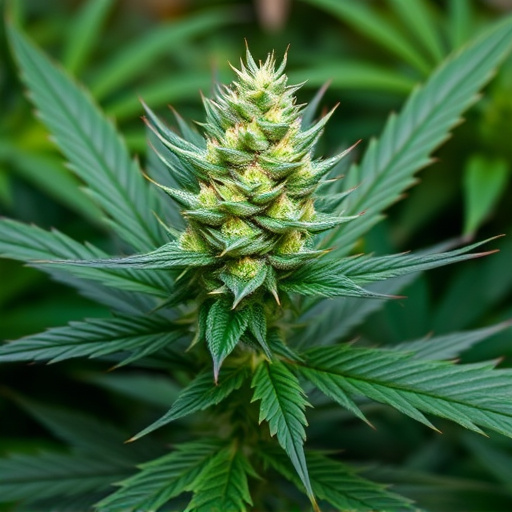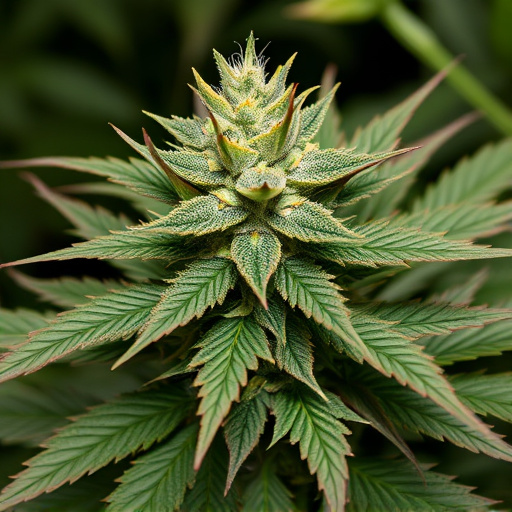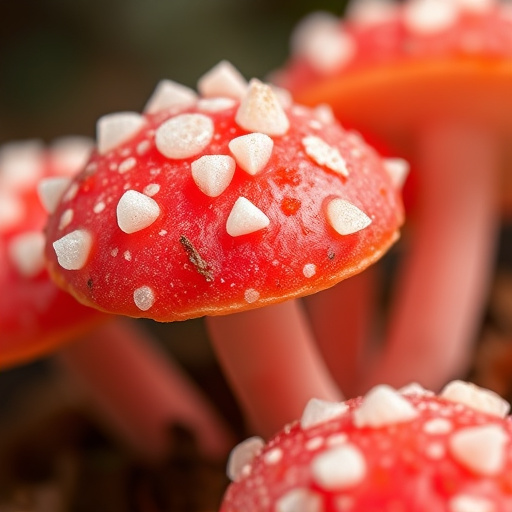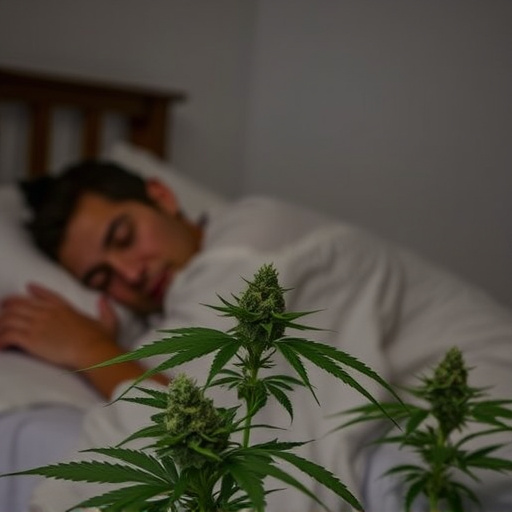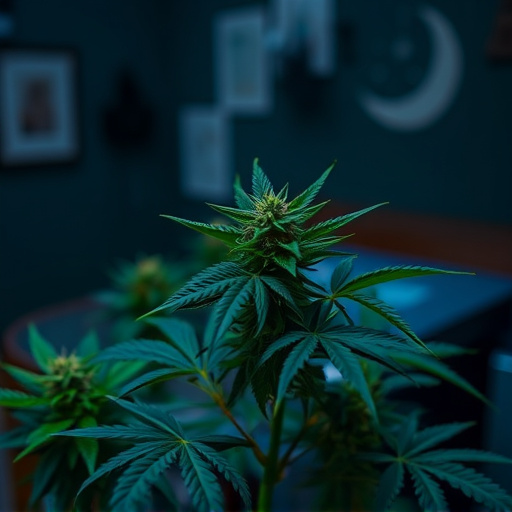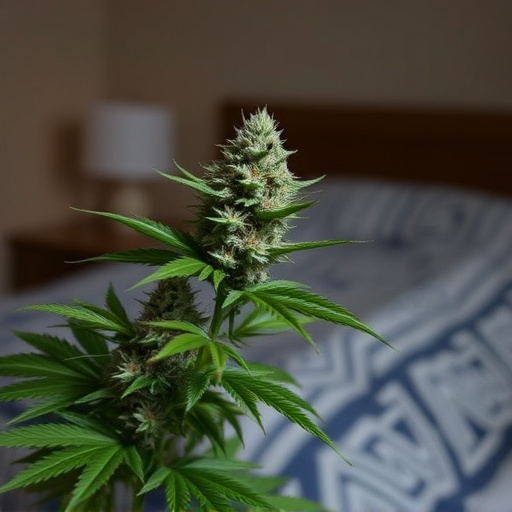Metabolism uniquely affects how quickly the body processes and eliminates cannabinoids like THC from cannabis strains for insomnia, with age, weight, gender, health, genetics, strain potency, and tolerance playing roles. High-THC strains may result in quicker detection times due to THC's psychoactive effects, while CBD-rich varieties might extend clearance periods. Understanding individual metabolism is crucial for safe and effective use of cannabis for insomnia, as well as for navigating drug testing and managing intake.
“Unraveling the complexities of cannabis detection times is essential, especially in understanding its effects on users. This article delves into the multifaceted factors influencing how long cannabis remains detectable in various body specimens. From individual metabolic variations, including genetic influences and enzymatic processes, to the distinct characteristics of cannabis strains and consumption methods, each plays a pivotal role. We explore how these variables impact detection windows using advanced technologies like blood, urine, and hair testing. Moreover, we shed light on the unique aspects of cannabis strains for insomnia, providing insights into their potential impacts on detection times.”
- Metabolism and Individual Variations
- – Genetic factors influencing metabolism
- – Age, weight, and overall health impact
Metabolism and Individual Variations

Every individual’s metabolism is unique, which significantly influences how quickly their bodies process and eliminate cannabinoids like THC (tetrahydrocannabinol), the primary compound responsible for cannabis’ psychoactive effects. This metabolic diversity can lead to varying detection times even among those who consume similar doses of cannabis strains for insomnia or other medical purposes. Factors such as age, weight, gender, overall health, and genetic predispositions all play a role in determining an individual’s metabolic rate. For example, younger individuals tend to have faster metabolisms, potentially resulting in shorter THC detection windows compared to older adults.
Additionally, specific cannabis strains can impact detection times due to varying THC and CBD (cannabidiol) concentrations. High-THC strains might lead to more rapid metabolism and detection, while CBD-rich varieties may extend the time it takes for THC to be eliminated from the body. Understanding these variations is crucial for individuals who need to undergo drug testing or simply wish to manage their cannabis intake effectively for specific purposes like treating insomnia.
– Genetic factors influencing metabolism

The genetic makeup of cannabis plants plays a significant role in determining the speed at which the active compounds, like THC (tetrahydrocannabinol), are metabolized by the human body. Different cannabis strains for insomnia vary in their cannabinoid profiles and terpene compositions, which can influence individual metabolism rates. For instance, high THC concentrations, common in certain strains, may result in faster detection times as THC is primarily responsible for the psychoactive effects and is more readily absorbed into the bloodstream.
Additionally, genetic variations among individuals impact how efficiently their bodies process cannabis. Faster metabolizers may clear THC from their systems quicker, while slower metabolizers might experience longer-lasting effects. This variability underscores the importance of understanding one’s unique metabolism when considering the use of cannabis strains for insomnia or any other purpose, ensuring safe and effective use.
– Age, weight, and overall health impact
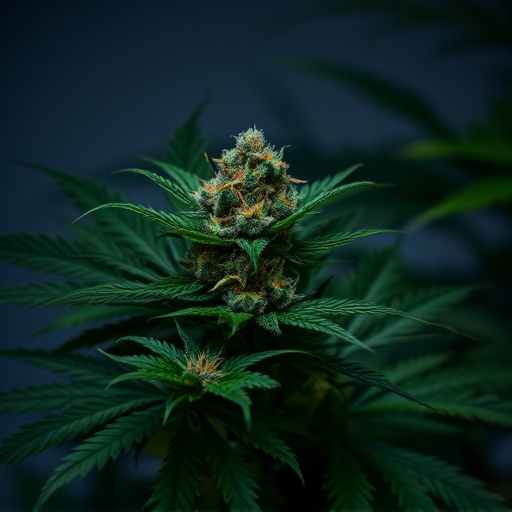
The impact of age, weight, and overall health on cannabis detection times is significant. Younger individuals may metabolize cannabis faster due to a higher liver enzyme activity, leading to shorter detection windows. Conversely, older adults could experience longer detection periods as their metabolism slows down. Weight plays a crucial role too; lighter individuals might clear cannabis more swiftly, while those with higher body mass indices (BMIs) could have extended drug-testing positive outcomes.
For those considering cannabis strains for insomnia, understanding these factors is essential. Strain potency and individual tolerance can also affect detection times. Heavier users or those consuming high-THC strains may need to allow more time for metabolism, as their bodies are accustomed to consistent cannabis exposure. Maintaining overall health through proper nutrition and hydration can support efficient drug clearance, impacting detection windows accordingly.
Understanding the factors that influence cannabis detection times is crucial for those considering using cannabis strains for insomnia or other medicinal purposes. Metabolism plays a significant role, with genetic variations and age impacting how quickly the body processes THC. As individuals differ in their metabolism and overall health, these factors must be taken into account when determining appropriate usage and expected detection times. By recognizing these variables, users can make informed decisions to ensure cannabis is effectively administered while adhering to legal and safety guidelines.
